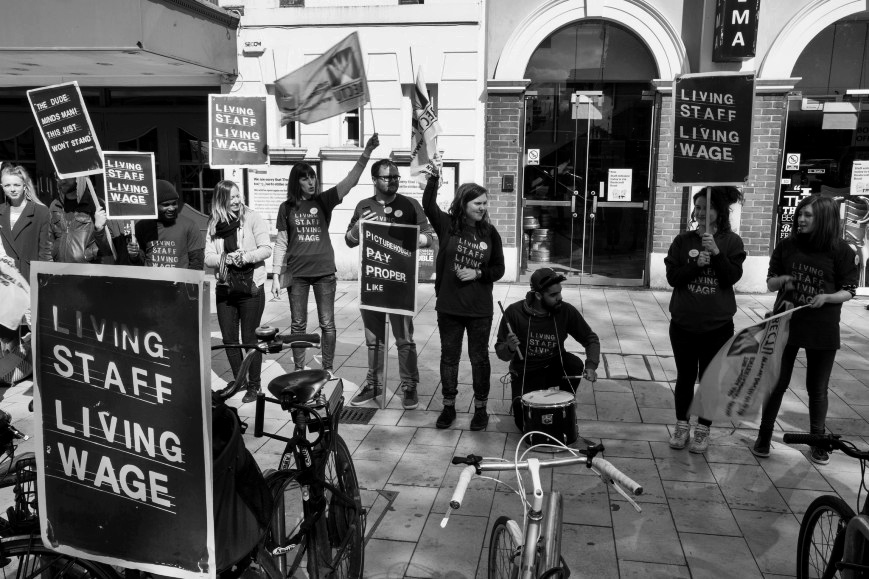Behavioral economists show us how important role the framing effect plays in people’s decision making. Even medical doctors were not able to make consistent decisions when faced problems which were logically equivalent but differently framed. The influence of the framing effect is similar in the public policy. The annual ritual of increasing a minimum wage is a good example.
Future doctors at Harvard University were asked to decide whether they recommend treatment of lung cancer using surgery or radiation. The statistical data they received favored surgery, however, in the short run there was a non-negligible probability of death. Doctors were divided into two groups and asked to make a decision based on two logically equivalent statements:
1) Survival rate of surgery was 90% in the first month
2) There is 10% death rate of surgery in the first month
Results of the experiment were not surprising: surgery was favored option for doctors with the first frame (84%) and much less favored by doctors with the second frame (50%).
Yet the influence of the framing effect is similar in the public policy. The annual ritual of increasing a minimum wage is a good example. Key players in the media space – TV and radio stations, newspapers, but also government – frame the problem of the minimum wage as a conflict between employers and employees. The former consist of associations of employers and entrepreneurs that complain about the rising costs and loss of competitiveness. The latter consist of various labor unions that ask for a raise of wages and complain about difficult economic conditions of Slovak employees and their low standard of living. Thus, the problem is, as a rule, framed as a conflict between these two groups, and you as an observer can choose if you favor businesses or employees. The annual increase of the minimum wage serves as an indicator of a social mood which is usually on the side of employers.
This is, however, very unfortunate framing of the problem. The real problem of the minimum wage concerns a very different group of people. Yet you will not see these people in newspapers or TV and they are not part of government negotiations at all. They are the unemployed people. Hence, what economists argue as some “redistribution problems” between employers and employees is not at the core of issues with minimum wage. Economists don’t know who “deserves” more or less. Economists around the world draw attention to the impact of a minimum wage on the unemployed who are usually not represented by anyone anywhere. No journalist does a coverage on a minimum wage in Horná Vladiča village in eastern Slovakia and no one interviews a local resident who is unemployed for years because he cannot produce the value of EUR 475.76 (costs of labor under a minimum wage law) for a potential local employer monthly.
That is the reason why we need to change framing of the entire problem with the minimum wage. First of all, minimum wage represents de facto a prohibition to work for low-productive, young, unskilled, long-term unemployed and people from marginalized groups, particularly from eastern Slovakia, where the economy does not reach western indicators. Second, the real parties in the conflict are not employers and employees but employed and unemployed. And the latter are those hurt by a minimum wage and are not represented in government bargains and media. Third, the real minimum wage in the economy with a law prohibiting work under certain wage is one big zero. This zero is “earned” by those who are excluded from the labor market. Assessment of benefits and costs of the minimum wage law would be a way more objective if discussion was framed in accordance with these three points.



